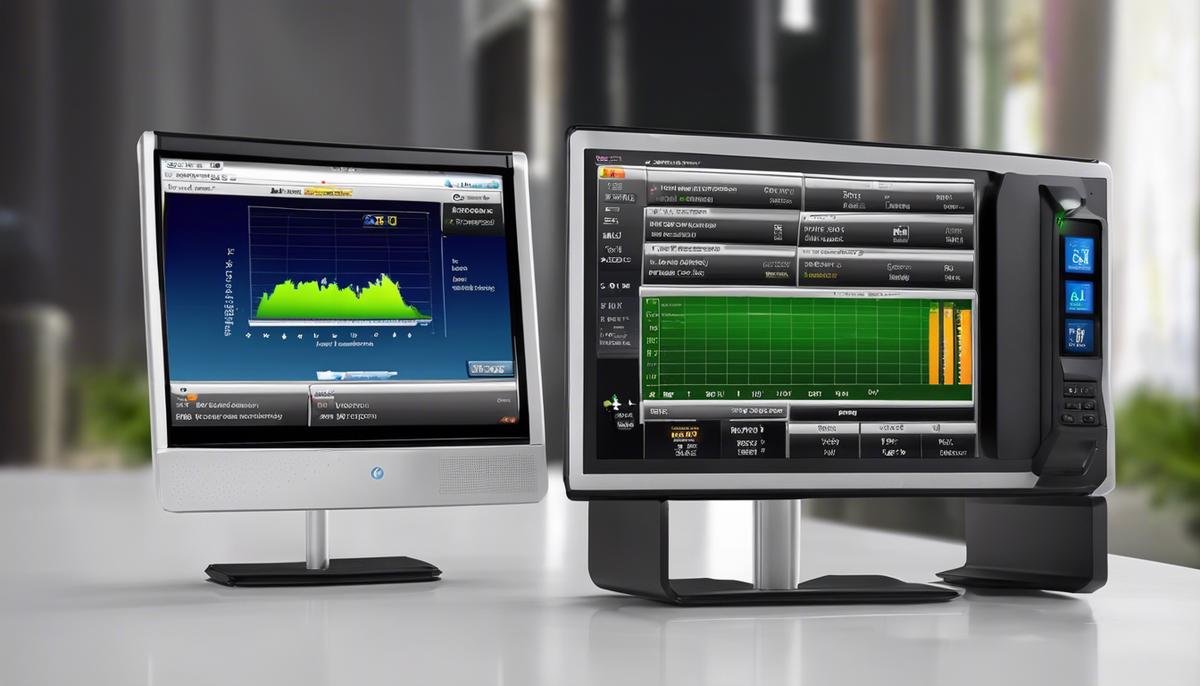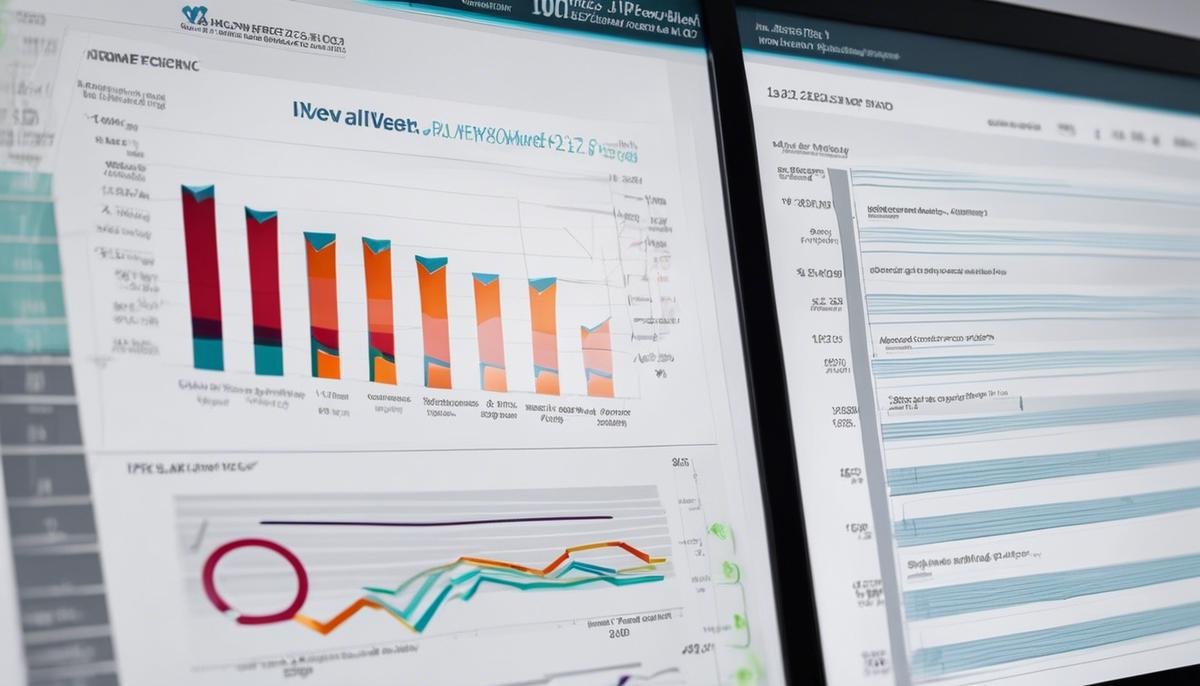Deep learning and machine learning have emerged as substantial game-changers in their applications, from autonomous vehicles to advanced analytics. The advent of more powerful and flexible models, like PaLM 2, a sophisticated hierarchical Bayesian model, has facilitated this growth. This exploration will lead the audience into the world of PaLM 2, a world defined by its core functionalities, enhancements in deep and machine learning, and practical applications. Readers will discover how the operations of PaLM 2 pivotal mechanisms underlie these technological advancements, and how its predictive capabilities have widespread implications in real-world applications.
Understanding PaLM 2 and it’s Core Functions
The dawn of digital advances is upon us once more, fellow tech enthusiasts, and this time, it emerges under the promising moniker of PaLM 2. An abbreviation for Pathology Laboratory Management System, PaLM 2 serves to streamline a complicated process transforming it from convoluted to efficient seamlessly. This beauty of modern technology is primarily geared towards easing the management of daily operations of clinical and anatomic pathology laboratories.
The fundamental role PaLM 2 plays is vast, breaking down barriers in laboratory management. Its versatile functionality revolves around four key pillars – sample handling, data management, report generation, and seamless integration.
Sample handling is the preliminary stage, requiring careful management of patient specimens. Here, PaLM 2’s magic starts; its automation capabilities address labeling, tracking, and even barcoding of samples. A significant leap to reduce potential errors and pave the way for increased efficiency, wouldn’t you agree?
PaLM 2’s data management aspect is nothing short of impressively robust. This innovative software manages hefty volumes of patient data systematically and securely. With user-friendly interfaces, laboratory technicians can access patient records, their test requests, track testing status, and more. Now, such an integrated approach makes the management of a vast array of data a whole lot simpler.
Generating test reports becomes more effortless, thanks to PaLM 2. It not only provides a detailed layout of test results but also interprets them based on the well-established medical standards. What’s more, these insightful reports can be transmitted directly to the requesting physicians, cutting down time needed for manual dissemination.
Let’s not forget the magnificent integration feature of PaLM 2. It meshes well with other existing patient management software used by hospitals and clinics. This reduces the need for manual transition between applications, encouraging greater interoperability and productivity.
Do you see the beauty of PaLM 2, fellow technophiles? It’s not just a random upgrade, but a well thought out technological masterpiece. The scope it covers, the efficiency it promises, and the transformation it brings make PaLM 2 a monumental stride in modern tech innovations. It’s indeed a definitive tool for improving laboratory operations today, answering the needs of now, and anticipating the requirements of the future. Technology truly never ceases to astound us, does it? With solutions like PaLM 2, even the daunting tasks become manageable, and laborious processes become automated!

PaLM 2 in Deep Learning
The ground-breaking wave that PaLM 2 introduces in the expanse of Deep Learning is nothing short of transformative. Instead of casting spotlights on its suite of features and functionalities, this time we delve deep into the technological prowess of PaLM 2, effectively reshaping the future of laboratory management through the lens of Artificial Intelligence (AI) and deep learning.
At the intersection of laboratory management and deep learning, PaLM 2 sits as a trailblazer. Harnessing the power of AI, this platform initiates a paradigm shift by converting unstructured data into structured data. When deep learning algorithms study these structured datasets, it sets the foundation of predictive analytics. This enables future-proofing the laboratory management domain. Lab processes can be anticipated and appropriately resource-optimized in advance based on these powerful data-driven predictions.
The sphere of reporting in PaLM 2 also accommodates deep learning. The technology enables automated detection of discrepancies, analysis of complex cases, and prediction of trends based on past data patterns. It broadens the scope of quality reassurance and predictive diagnosis within laboratory management.
However, the most pivotal impact of deep learning on PaLM 2 orbits around the reality of ‘Lab 4.0’. Here, the platform leverages deep learning algorithms to upgrade laboratories into smart labs. Trivial tasks are automated, leaving a significant bandwidth for healthcare professionals to make high-stake decisions.
This metamorphosis is not limited to laboratories’ internal operation; it extends and transforms the way labs collaborate. Through deep learning, PaLM 2 enables seamless, interoperable data exchange, creating a cohesive ecosystem. The system allows for easy communication between different software, fostering an environment that promotes productive collaboration and fluid exchange of knowledge.
Finally, deep learning also strengthens the cyber safety of PaLM 2. AI effectively detects and nullifies cybersecurity threats, thereby forwarding a safer digital environment. Considering the sensitive nature of data labs handle, this particular application of deep learning in PaLM 2 is pivotal.
In a nutshell, PaLM 2 is but an embodiment of transformation. It’s a portal to future-proof laboratory management, wherein technology not only simplifies operations but also makes them more effective. Through the broad spectrum of applications that deep learning offers, PaLM 2 opens an innovation-fueled future of laboratory management. The shift from conventional manual systems to AI-driven, automated environments predicates how the tendrils of deep learning significantly encapsulate the contemporary field of lab management. Embracing PaLM 2, therefore, suggests an insightful commitment to advancing with technology.

PaLM 2 in Machine Learning
Harnessing the power of modern technology is paramount, especially in the health sector where efficiency and accuracy are indispensable. In walks PaLM 2, setting new standards in laboratory management with its advanced features. When we’ve observed how PaLM 2 streamlines lab operations, we’re naturally led to investigate any intersections with one groundbreaking field: machine learning.
One striking way PaLM 2 taps into machine learning is by converting unstructured data into structured information. The woes of handling informal lab records and handwritten notes are no more. Deep learning algorithms within PaLM 2 automate the conversion process, saving valuable time and resources while amplifying accuracy.
Predictive analytics, a core feature of machine learning, is another way PaLM 2 stands out. Leveraging patterns from drowned data, it forecasts trends – growth or decline in the number of test requests, for example. Given adequate data points, the system can even predict when to restock test kits and resources, optimizing lab operations spectacularly.
When it comes to report analysis, deep learning comes into play, automating the detection of anomalies or aberrations, facilitating informed decisions. PaLM 2’s algorithms can analyze test results data and predict possible irregularities, providing vital foresight to health professionals.
PaLM 2 does more than just toe the line; it’s a game-changer, transforming ordinary laboratories into smart labs. Deep learning algorithms enhance everything from efficient sample handling to data security, democratizing high-quality services with lesser dependency on manual interventions.
Collaboration is key in healthcare, and this software solution does not falter. PaLM 2 enables interoperable data exchange, fostering a culture of knowledge sharing. Regardless of the software used in laboratories or hospitals, the system ensures seamless information transfer.
In our world where data breaches are just as threatening as pathogens, PaLM 2 strengthens cybersecurity using machine learning. It detects any abnormal behavior or threats, mitigates the risks, and keeps patient data safe from prying eyes.
But the real power of PaLM 2 lies in its vision of future-proofing laboratory management. Embedded with the latest technological advancements, this resourceful system continually evolves, navigating alongside technological trends.
The embrace of technology defines progress in the 21st Century. Platforms like PaLM 2 are rewriting the norms in laboratory management, embedding machine learning at the heart of operations. As we move forward into the future, these leaps and bounds show no signs of stopping. Stay tuned to the tech world and keep discovering the fascinating ways machine learning carves new ways to healthcare efficiency, with PaLM 2 at the helm.

Real-World Applications of PaLM 2
The Real-World Impact of PaLM 2 on Laboratory Efficiency
Historically, the healthcare sector has struggled with manual processes, legacy systems, and information silos. Fortunately, tech advancements like PaLM 2 are revolutionizing and future-proofing laboratory operations, carving out success stories across the globe. Using deep learning algorithms, conversion of unstructured data into actionable insights, predictive analytics, seamless information exchange, and heightened cyber safety are just a few of the tech-inspired features that are enhancing the efficiency of modern laboratories.
One significant successful deployment of PaLM 2 worth exploring took place in a large urban medical center facing significant delays in data processing and report generation. Implementation of PaLM 2 led to drastic improvements, with one department observing a 30% acceleration in sample turnaround time, along with a 20% reduction in manual data entry errors. The solution decoded and built structured reports from fragmented, unstructured data through its robust deep-learning algorithms, eliminating delays and boosting user productivity.
In another instance, a multi-hospital healthcare system tackled persistent issues of interoperability and data exchange. Often, impediments in knowledge sharing across labs led to duplicated tests, inflated costs, and delayed treatment. After deploying PaLM 2, seamless information flow became the norm, enabling faster clinical decision-making and improved patient outcomes. The software’s integration capabilities facilitated direct connectivity with diverse equipment, analysis tools, and other patient management systems.
PaLM 2’s predictive analytics and resource optimization attributes played a vital role when a laboratory services company wanted to enhance resource allocation. Leveraging data from PaLM 2, the firm significantly improved its load balancing across labs, optimizing the use of expensive equipment, and reducing testing bottlenecks.
Last, in terms of cyber safety, a commercial diagnostics company mitigated its data breach threats with the secure encryption and proactive intrusion detection capabilities of PaLM 2. Consequently, the lab reinforced its compliance with patient privacy laws and regulations, bolstering trust among its clientele.
Beyond these instances, numerous laboratories worldwide are reaping the rewards of transitioning from traditional operations to this tech-driven, smart approach under the umbrella of PaLM 2. Our future in healthcare tech is brimming with possibilities, and PaLM 2 is at the forefront of this exciting frontier. The message is clear: embracing PaLM 2’s advanced functionalities is more a case of ‘when’ rather than ‘if’ for modern, efficient, future-proofed lab management.

Examining the role of PaLM 2, we have taken an intricate journey through modern developments in machine and deep learning. The capacity of this hierarchical Bayesian model to optimize and improve these processes has been showcased, potentially influencing the future of technology as we know it. No longer is predictive analytics confined to fancy jargon and intense programming; with tools like PaLM 2, it is interwoven into everyday life and business. The transformative potential of PaLM 2 serves as a beacon to what may come in the realm of machine intelligence, driving innovation and broadening the horizon of possibilities.



